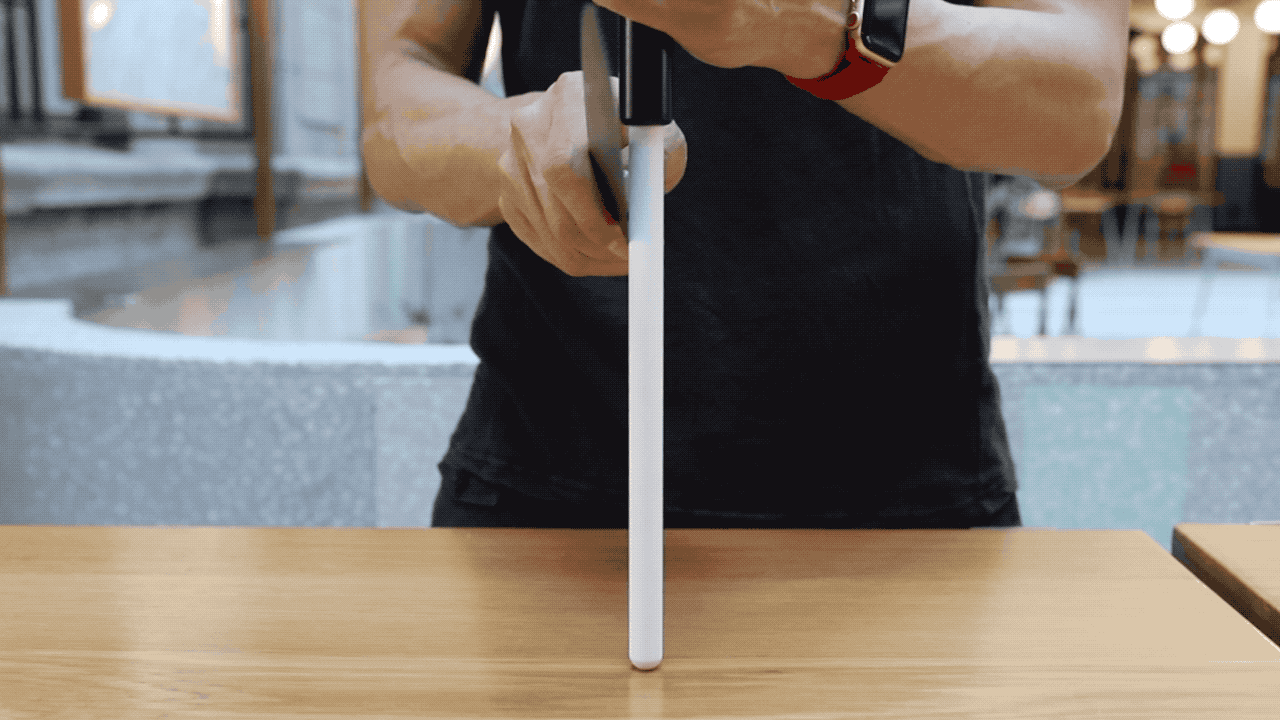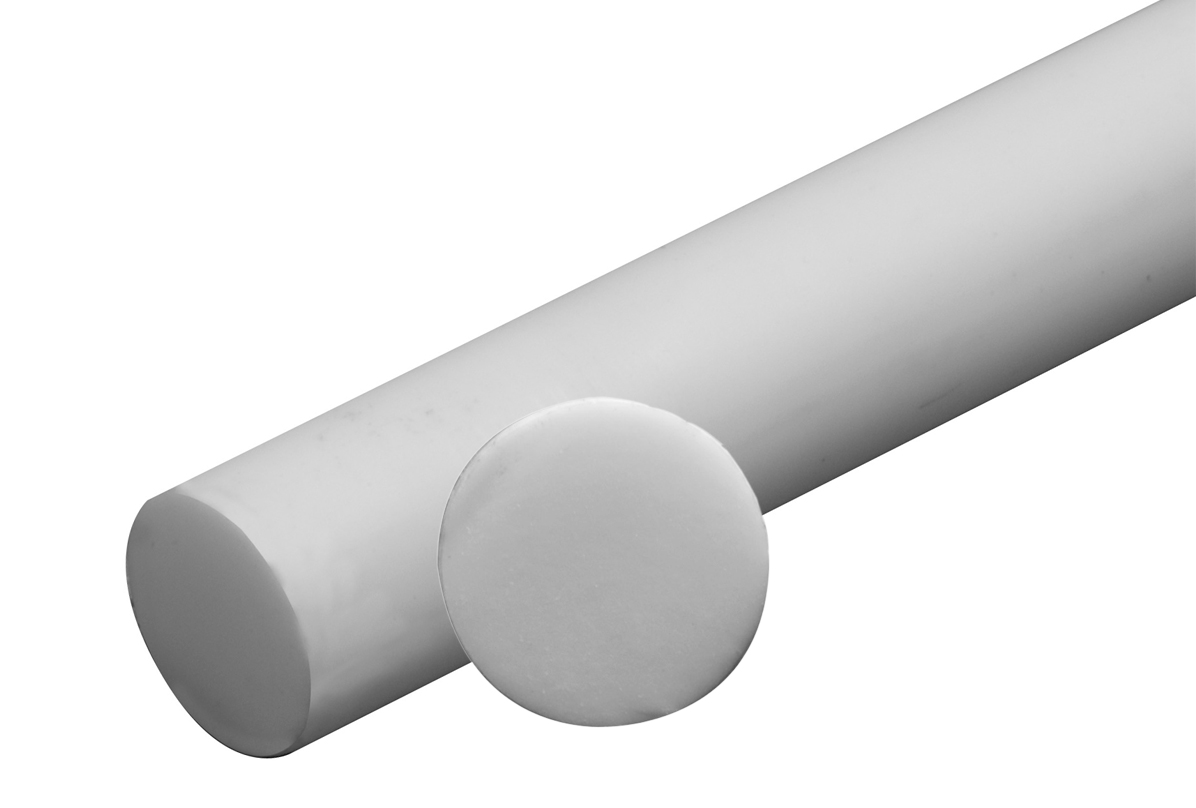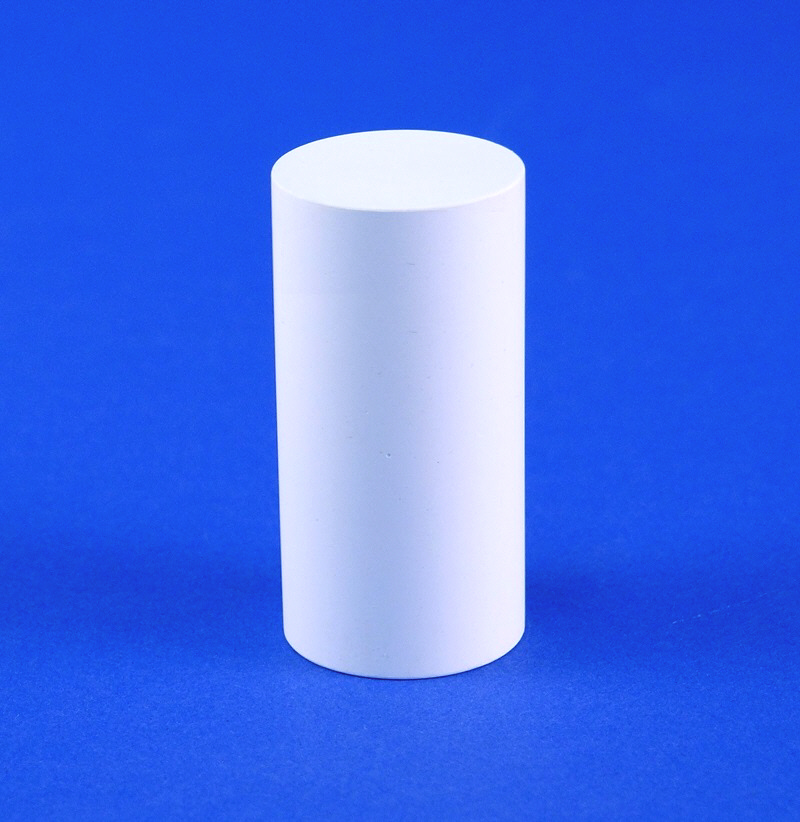CERAMIC ROD FOR CCD4

CERAMIC ROD FOR CCD4

Sharpening - SHOP CATEGORIES

CCD_CAMERA.ppt

Smith's sure-sharp knife sharpener carbide ceramic NEW

Smith's Consumer Products Store. TRIANGULAR CERAMIC BR .706

Ceramic Sharpening Rod with Angle Guides
【Features】Durable, space saving, easy to sharpen. Two pre-set sharpening angles, make you more convenient and practical. 【Sturdy& Multipurpose

4-Rod Turn Box, Ceramic Sharpener Rod from Kitchen Sharpening Tool, Portable Manual Ceramic Sharpening Rod

Temperature measurements of combustible and non-combustible surfaces using laser induced phosphorescence - ScienceDirect

Ceramic Sharpening Rods
Smith's 3-in-1 Sharpener can handle all of your sharpening needs. It features pre-aligned carbide blades, which are reversible and replaceable, for quick edge setting capabilities. The Fine 750-grit Interrupted Surface Diamond Stone provides a quick razor sharp edge on any knife or tool. A pair of specially shaped teardrop ceramic rods provide multi-use sharpening capabilities, everything from standard to serrated edges along with hooks and tools.

Smith's 3-in-1 Sharpening System

Smith's V shape Ceramic Rods and how you use them.
The Hast 9-inch ceramic honing rod is the perfect knife sharpener for Hast and other premium knives. Packed in a sleek minimalist design, it's made of specially engineered ultra-hard ceramic with the perfect grip and grind, making the honing experience easy, seamless, and pleasant. The Hast honing rod is suitable for most professional kitchen knives, from premium high-carbon steel knives to Damascus knives, and normal stainless steel knives.

Ceramic Honing Rod: 1000 Grit Ceramic Rod Knife Sharpener | Hast

Smith's V shape Ceramic Rods and how you use them.

Quantification of single-cell nanoparticle concentrations and the distribution of these concentrations in cell population


